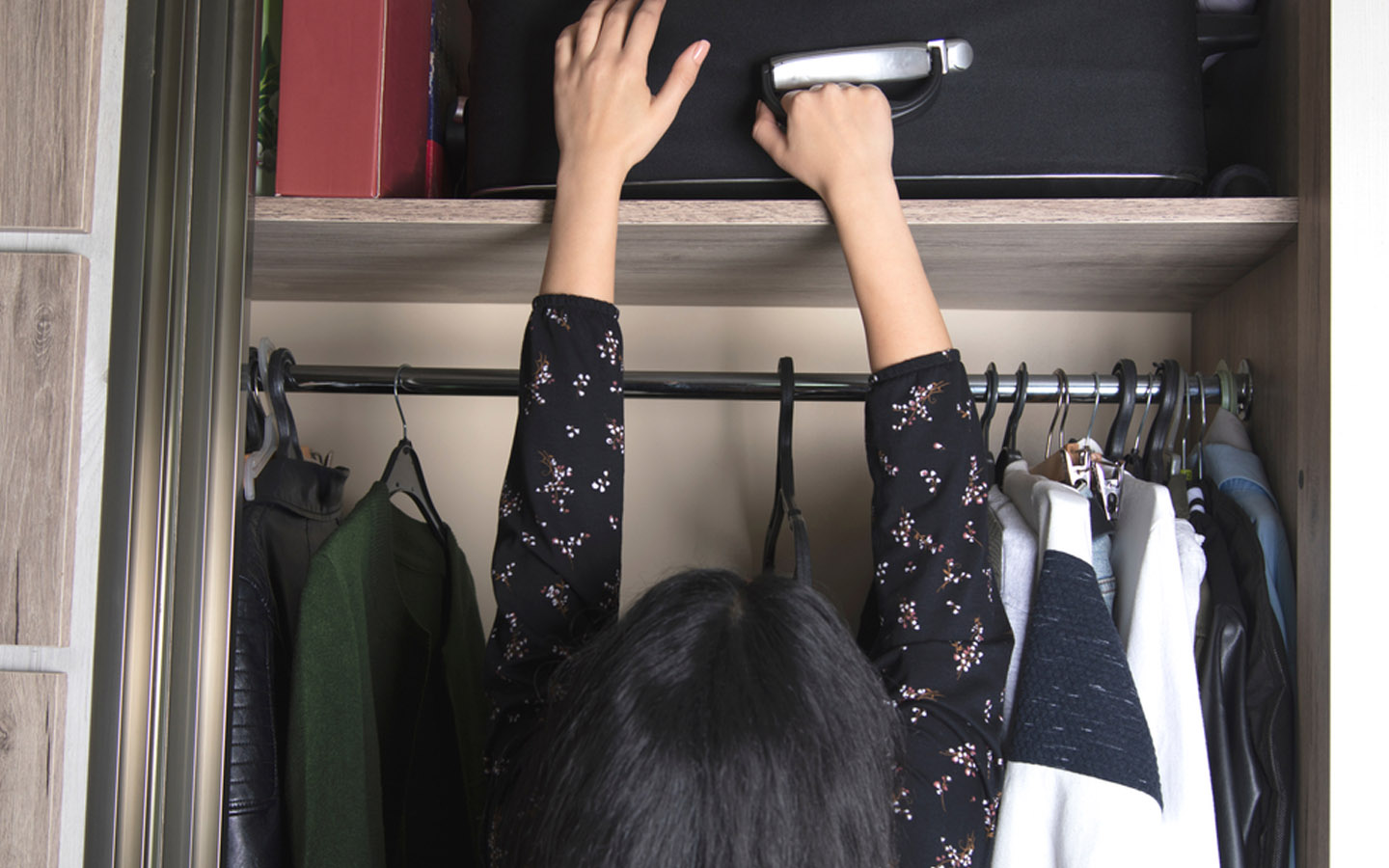

Articles
How To Store Luggage
Modified: January 18, 2024
Discover helpful articles on how to store luggage properly and keep your belongings safe. Find expert tips and tricks to maximize space and prevent damage when packing.
(Many of the links in this article redirect to a specific reviewed product. Your purchase of these products through affiliate links helps to generate commission for Storables.com, at no extra cost. Learn more)
Introduction
Welcome to the world of travel! Whether you are a frequent traveler or embarking on your very first adventure, one thing is certain: luggage plays a crucial role in making your journey smooth and hassle-free. However, when you’re not on the road, finding the right storage solution for your luggage becomes equally important. So, how do you store your luggage properly to keep it in pristine condition and ready for your next adventure?
In this article, we will guide you through the process of choosing the right luggage storage method and offer tips on how to properly pack and store your bags. Whether you’re looking to store your luggage in a closet, basement, storage unit, or even at a specialized luggage storage facility, we’ve got you covered.
Without further ado, let’s dive in and explore the different options available to store your luggage and keep it safe until your next travel escapade.
Key Takeaways:
- Properly storing luggage is crucial for maintaining its condition and ensuring readiness for future travels. Utilize organization techniques, choose suitable storage methods, and prioritize convenience, accessibility, and security.
- Safeguard your luggage by investing in durable options, using locks, and keeping important documents separate. Regularly check on stored bags and consider climate-controlled storage for longer durations to maintain their quality.
Read more: How To Store Luggage In Garage
Choosing the Right Luggage Storage Method
When it comes to storing your luggage, it’s important to consider factors such as convenience, accessibility, and security. Here are a few options to consider when choosing the right luggage storage method:
- Closet or Bedroom: If you have ample space in your home, storing your luggage in a closet or bedroom can be a convenient option. Make sure to choose a dry and clean area to prevent any damage to your bags. You can use garment bags or protective covers to keep dust and moisture away from your luggage.
- Garage or Basement: If you don’t have enough space indoors, your garage or basement can serve as a suitable luggage storage spot. However, ensure that the area is well-ventilated and free from moisture, as these can lead to mold or mildew formation. Consider using storage shelves or racks to keep your bags organized and easily accessible.
- Storage Unit: If you’re looking for a long-term storage solution or if you have bulky items, renting a storage unit can be the ideal choice. Storage units provide a secure and climate-controlled environment, protecting your luggage from temperature fluctuations and external threats. Opt for a unit with sufficient space to accommodate all your bags and consider using plastic bins or containers to keep them protected from dust and insects.
- Luggage Storage Facility: If you prefer a hassle-free solution and want to ensure the utmost security for your luggage, consider utilizing a specialized luggage storage facility. These facilities offer short-term and long-term storage options and often provide additional services like luggage pick-up and delivery. They are equipped with advanced security systems and have strict protocols in place to ensure the safety of your belongings.
Each storage method has its own benefits and considerations. Evaluate your needs, available space, and budget to determine the best option for storing your luggage.
Packing Your Luggage Properly
Properly packing your luggage is essential to ensure its safety and maximize space utilization. Here are some tips to help you pack your bags efficiently:
- Make a packing checklist: Before you start packing, make a checklist of essential items to include in your luggage. This will help you stay organized and avoid forgetting any important items.
- Roll instead of fold: Instead of folding your clothes, try rolling them. This not only saves space but also reduces wrinkles. Roll smaller items like socks and underwear and place them inside your shoes or in the gaps between larger items.
- Use packing cubes or compression bags: Packing cubes or compression bags are great tools to compartmentalize your belongings and compress them to create extra space. Categorize items such as clothing, toiletries, and electronics in separate cubes to stay organized.
- Secure liquids and toiletries: To prevent any spills or leaks, ensure that all liquids, gels, and toiletries are stored in leak-proof containers and placed in a separate bag within your luggage.
- Protect breakable items: If you’re carrying any fragile or breakable items, wrap them in bubble wrap or clothing to provide extra cushioning. Place them in the middle of your luggage, surrounded by softer items to minimize the risk of damage.
- Maximize space utilization: Make use of every inch of available space in your luggage. Stuff shoes with socks or smaller items, and tuck belts or accessories around the perimeter of the suitcase. Utilize the pockets and compartments of your luggage for smaller items like chargers and travel documents.
By following these packing techniques, you’ll not only maximize space but also protect your belongings and make unpacking easier once you reach your destination.
Storing Luggage in a Closet or Bedroom
If you have ample space in your home, storing your luggage in a closet or bedroom can be a convenient option. Here are some tips to help you store your luggage effectively:
- Clean and dry the storage area: Before storing your luggage, ensure that the closet or bedroom is clean and free from any dust or moisture. Wipe down the shelves and vacuum the area if necessary.
- Use garment bags or covers: To protect your luggage from dust and potential damage, consider using garment bags or protective covers. These covers will keep your bags clean and shield them from any potential spills or accidents.
- Organize your luggage: Keep your luggage organized by storing similar-sized bags together or by categorizing them based on their utility. Place smaller bags inside larger ones to save space and keep everything easily accessible.
- Utilize storage accessories: Use storage accessories like storage bins or dividers to keep your belongings separated and organized. This will make it easier to find specific items when you need them.
- Rotate your luggage: If you have multiple suitcases, consider rotating their use. This will prevent the prolonged pressure on one bag and distribute the wear and tear among different bags.
- Keep a checklist: Maintain a checklist of the items stored in each bag. This will help you quickly locate specific items without having to unpack your entire luggage.
Remember to periodically check your stored luggage, especially when you plan to use them after a long period of time. This will ensure that your bags are well-maintained and ready for your next travel adventure.
Storing Luggage in a Garage or Basement
If you don’t have enough space indoors, your garage or basement can serve as a suitable storage spot for your luggage. Here are some tips to help you store your luggage effectively in a garage or basement:
- Ensure proper ventilation: Proper ventilation is crucial to prevent moisture build-up and potential damage to your luggage. Make sure that the area is well-ventilated by opening windows or using a dehumidifier if needed.
- Protect against pests: Basements and garages are more prone to pests such as rodents and insects. Take preventive measures by sealing any cracks or gaps and using pest-control products if necessary. Consider using plastic bins with secure lids to keep pests out.
- Elevate your luggage: To protect your bags from any potential water damage, elevate them off the ground. Use shelves, pallets, or even sturdy storage containers to keep them raised and away from any potential leaks or floods that may occur in basements or garages.
- Wrap your luggage: To provide an extra layer of protection, wrap your luggage in plastic or cover them with blankets or sheets. This will shield them from dust and help prevent any scratches or scuffs.
- Arrange for easy access: Store your frequently used or seasonal items closer to the entrance of the garage or basement. This will make it easier for you to access them without having to dig through other stored items.
- Label your luggage: Use labels or tags to clearly identify the contents of each bag. This will save you time and effort when searching for specific items, especially if you have multiple pieces of luggage stored.
By following these tips, you can ensure that your luggage remains safe and well-preserved when stored in your garage or basement.
When storing luggage, make sure to clean and dry it thoroughly before putting it away to prevent mold and mildew. Use airtight containers or bags to protect it from dust and pests.
Read more: How To Store Luggage At Airport
Storing Luggage in a Storage Unit
If you’re looking for a long-term storage solution or if you have bulky items, renting a storage unit can be the ideal choice. Here are some tips to help you store your luggage effectively in a storage unit:
- Choose the right storage unit: Select a storage unit that is the appropriate size for your luggage and other belongings. Consider factors such as climate control, security features, and accessibility when making your decision.
- Clean and prepare your luggage: Before storing your luggage, give them a thorough cleaning to remove any dirt or stains. Make sure they are completely dry to prevent the growth of mold or mildew while in storage.
- Protect against moisture: To protect your luggage from any moisture-related damage, consider using moisture absorbers such as silica gel packets or desiccant packs inside your bags. This will help maintain a dry environment and prevent any unwanted humidity build-up.
- Use appropriate storage containers: Invest in sturdy storage boxes or plastic bins to keep your luggage protected. Make sure the containers are stackable to maximize the use of vertical space within the storage unit.
- Leave space for ventilation: Allow for some space between your bags and the walls of the storage unit to ensure proper ventilation. This will prevent any musty odors and promote air circulation, keeping your luggage fresh.
- Create an organized system: Label your storage containers and arrange them in a systematic manner within the unit. This will make it easier to locate specific items when you need them without having to displace everything.
- Consider insurance: Depending on the value of your stored items, it may be wise to consider purchasing insurance coverage for added protection. Check with your storage facility or consult with an insurance provider to discuss your options.
Before selecting a storage unit, it’s recommended to visit the facility in person to assess its condition and security measures. With proper planning and organization, storing your luggage in a storage unit can provide a secure and convenient solution for long-term storage.
Storing Luggage at a Luggage Storage Facility
If you prefer a hassle-free solution with the utmost security for your luggage, consider utilizing a specialized luggage storage facility. These facilities offer short-term and long-term storage options and often provide additional services like luggage pick-up and delivery. Here are some tips for storing your luggage at a luggage storage facility:
- Research and choose a reliable facility: Take the time to research and choose a reputable luggage storage facility. Read customer reviews, assess their security measures, and inquire about their policies regarding access and insurance coverage.
- Pack your luggage properly: Before handing over your bags, make sure they are properly packed and organized. Use quality suitcases or bags that are in good condition to ensure their longevity while in storage.
- Check for additional services: Many luggage storage facilities offer convenient additional services, such as luggage pick-up and delivery. Take advantage of these services if they fit your needs and simplify your travel experience.
- Insure your belongings: While luggage storage facilities take security measures, it’s always a good idea to have insurance coverage for your stored items. Check if the facility provides insurance options or consult with your own insurance provider.
- Label your luggage: Clearly label each bag with your name and contact information. This will help ensure that your bags are easily identified and returned to you in case of any mix-ups or confusion.
- Keep an inventory: Make a detailed inventory of the items you store at the facility. This will help you keep track of your belongings and provide a reference in case you need to retrieve specific items.
- Communicate any special handling instructions: If you have delicate or fragile items in your luggage, communicate this to the storage facility staff. They may have special handling procedures or storage methods to ensure the safety of your belongings.
Storing your luggage at a specialized luggage storage facility offers convenience and peace of mind, allowing you to travel light and worry-free. Take advantage of the services and security provided by these facilities to ensure the safety of your belongings during your time away.
Tips for Protecting Your Luggage
When storing your luggage, it’s essential to take steps to protect it from damage and ensure its longevity. Here are some useful tips for safeguarding your luggage:
- Choose durable luggage: Invest in high-quality luggage that is durable and built to withstand the rigors of travel and storage. Look for materials that are resistant to scratches, tears, and water damage.
- Use luggage locks: Secure your bags with reliable and TSA-approved locks to prevent unauthorized access. This adds an extra layer of security and deters potential thieves.
- Keep important documents safe: Store important travel documents, such as passports, travel insurance, and itineraries, separately from your luggage. Keep them in a secure and easily accessible place, such as a travel wallet or document organizer.
- Avoid overpacking: Overpacking puts unnecessary strain on your luggage, increasing the risk of damage. Pack only what you need and distribute the weight evenly to prevent any potential strain on the bag’s handles or zippers.
- Use luggage tags: Attach durable and visible luggage tags to your bags, both inside and outside. Include your contact information and make sure the information is up to date. This will help ensure that your bags can be easily identified and returned to you in case they get lost.
- Take photos of your luggage: Before storing your bags, take photos of them, both inside and outside. These photos can be invaluable in case you need to file an insurance claim or report a lost or damaged bag.
- Avoid storing perishable items: Do not store any perishable items in your luggage, as they can attract pests or cause unpleasant odors. Make sure your bags are empty and clean before storing them.
- Check on your stored luggage: If possible, periodically check on your stored luggage to ensure it remains in good condition. Look out for any signs of damage, pests, or moisture. This will enable you to address any issues promptly.
- Consider climate-controlled storage: If you’re storing your luggage for an extended period or in an area with extreme temperature fluctuations, consider opting for a climate-controlled storage unit. This will help protect your bags from humidity, extreme heat, or cold.
By following these tips, you can protect your luggage and maintain its quality, ensuring that it remains in top condition for your next adventure.
Conclusion
Properly storing your luggage is essential for maintaining its condition and ensuring that it is ready for your next travel adventure. Whether you choose to store your luggage in a closet, garage, basement, storage unit, or specialized luggage storage facility, the key is to prioritize convenience, accessibility, and security.
When packing your luggage, make use of organization techniques such as rolling clothes, using packing cubes, and protecting fragile items. This not only maximizes space but also keeps your belongings safe and well-organized.
If you have enough space in your home, storing your luggage in a closet or bedroom can be a convenient option, provided the area is clean and dry. Utilize garment bags or protective covers to prevent dust or damage.
In situations where home storage is not feasible, storing your luggage in a garage or basement becomes a viable solution. However, it’s crucial to ensure proper ventilation and protect against pests or moisture.
For long-term storage or bulky items, renting a storage unit is a sensible choice. Choose a climate-controlled unit, use appropriate storage containers, and maintain an organized system to make retrieval easier.
If you prefer a hassle-free and secure option, specialized luggage storage facilities provide peace of mind. Research reputable facilities, label your luggage, and take advantage of additional services such as pick-up and delivery.
To safeguard your luggage in any storage environment, opt for durable luggage, use locks, and keep important documents and valuable items separate. Regularly check on your stored bags and consider climate-controlled storage for longer durations.
By following these tips and making informed choices about luggage storage, you can protect your belongings and ensure they remain in excellent condition until your next travel adventure.
Now that you are armed with the knowledge to properly store your luggage, go ahead and organize your space to keep your bags safe and ready for your next journey!
Frequently Asked Questions about How To Store Luggage
Was this page helpful?
At Storables.com, we guarantee accurate and reliable information. Our content, validated by Expert Board Contributors, is crafted following stringent Editorial Policies. We're committed to providing you with well-researched, expert-backed insights for all your informational needs.
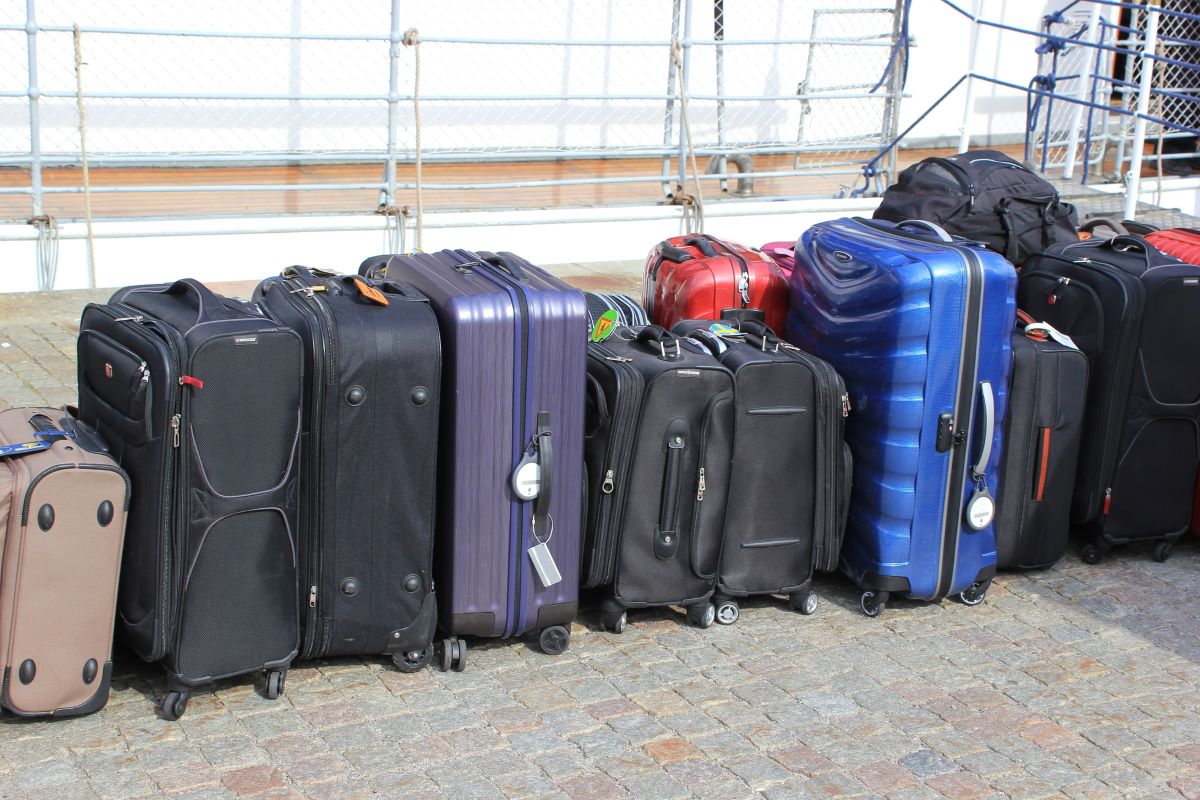
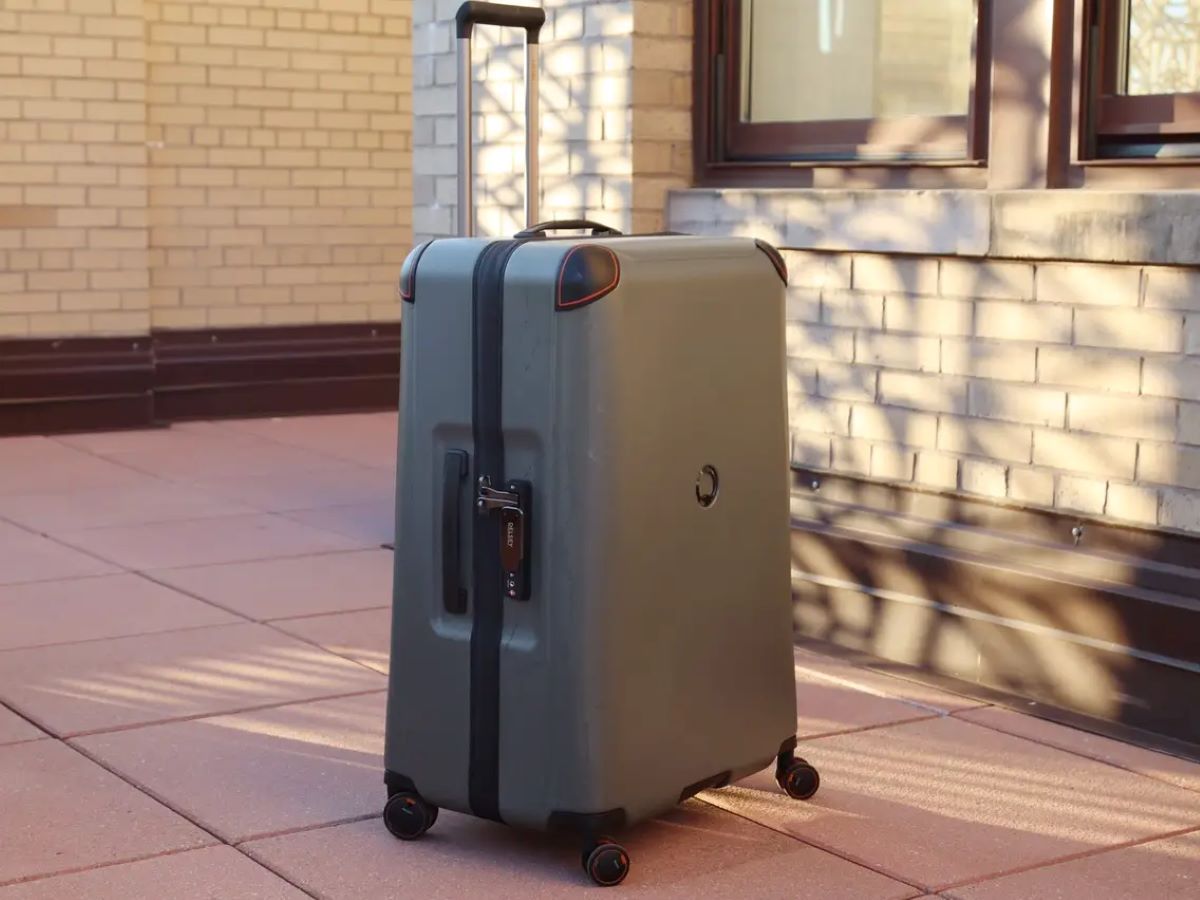
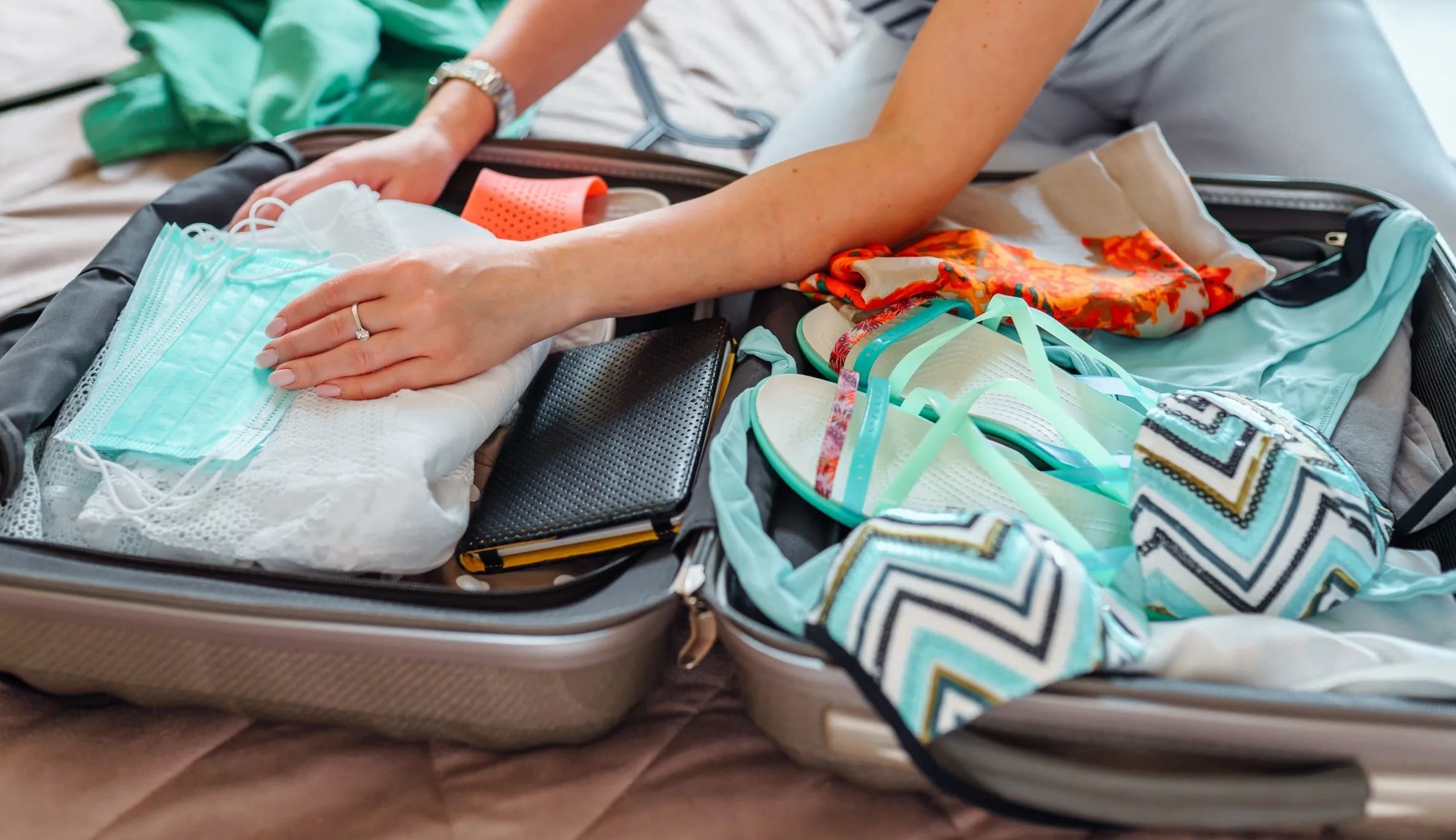
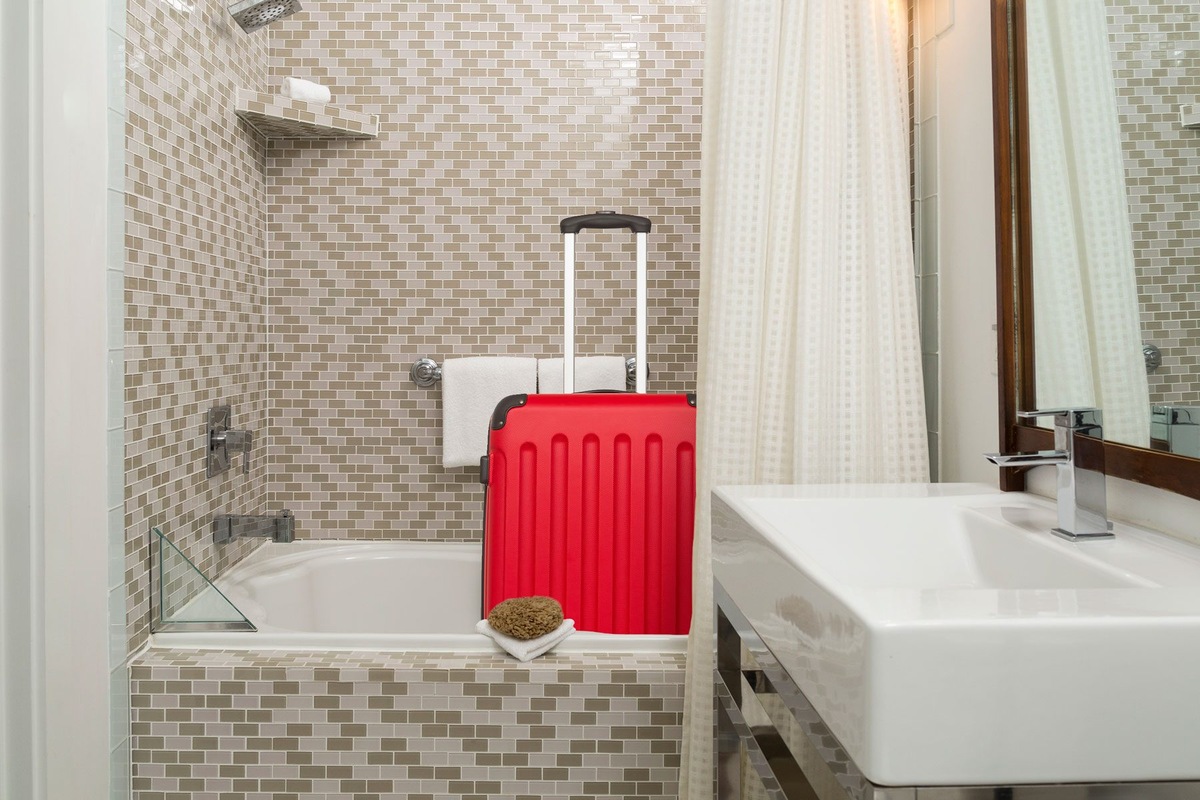




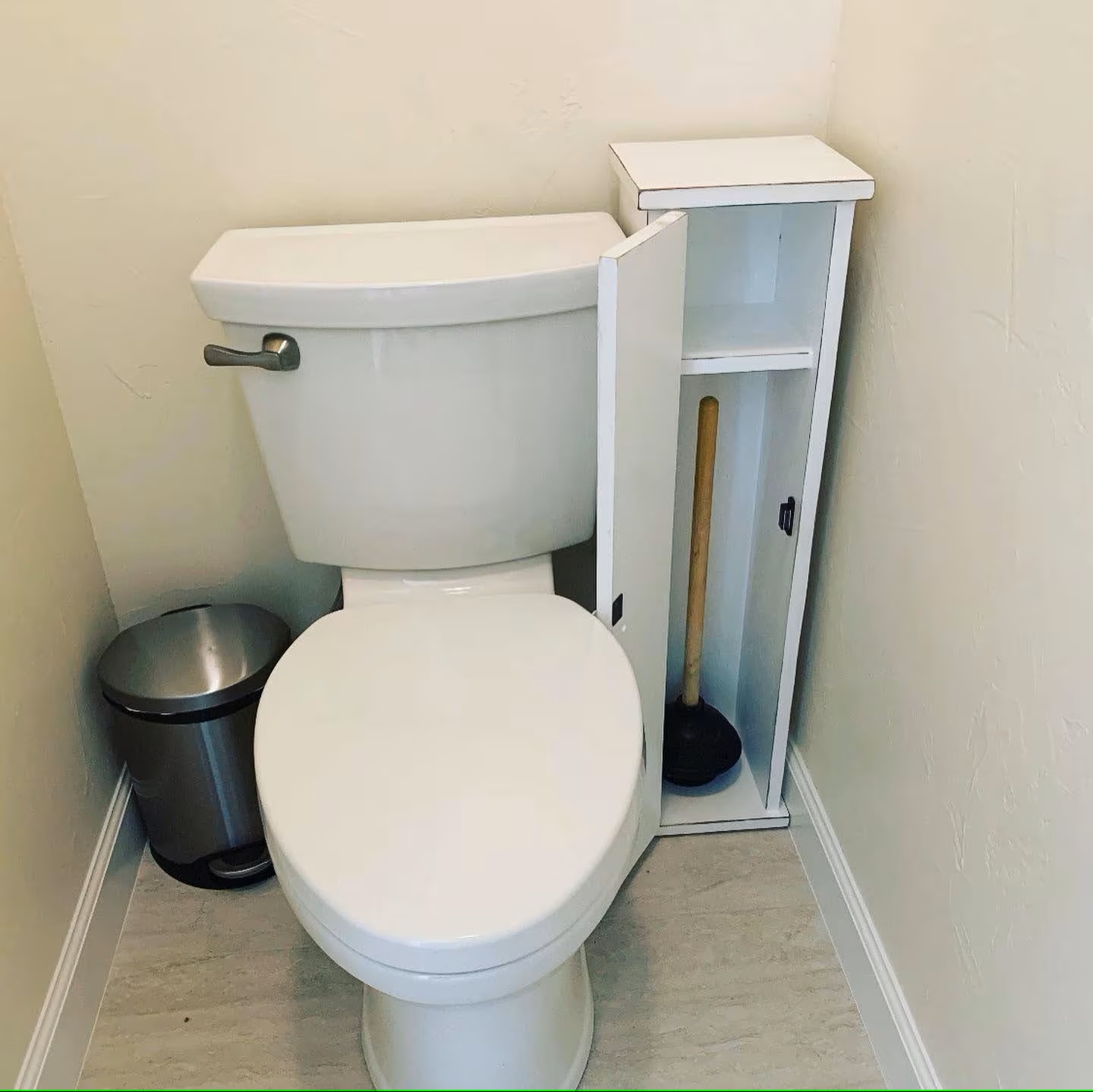



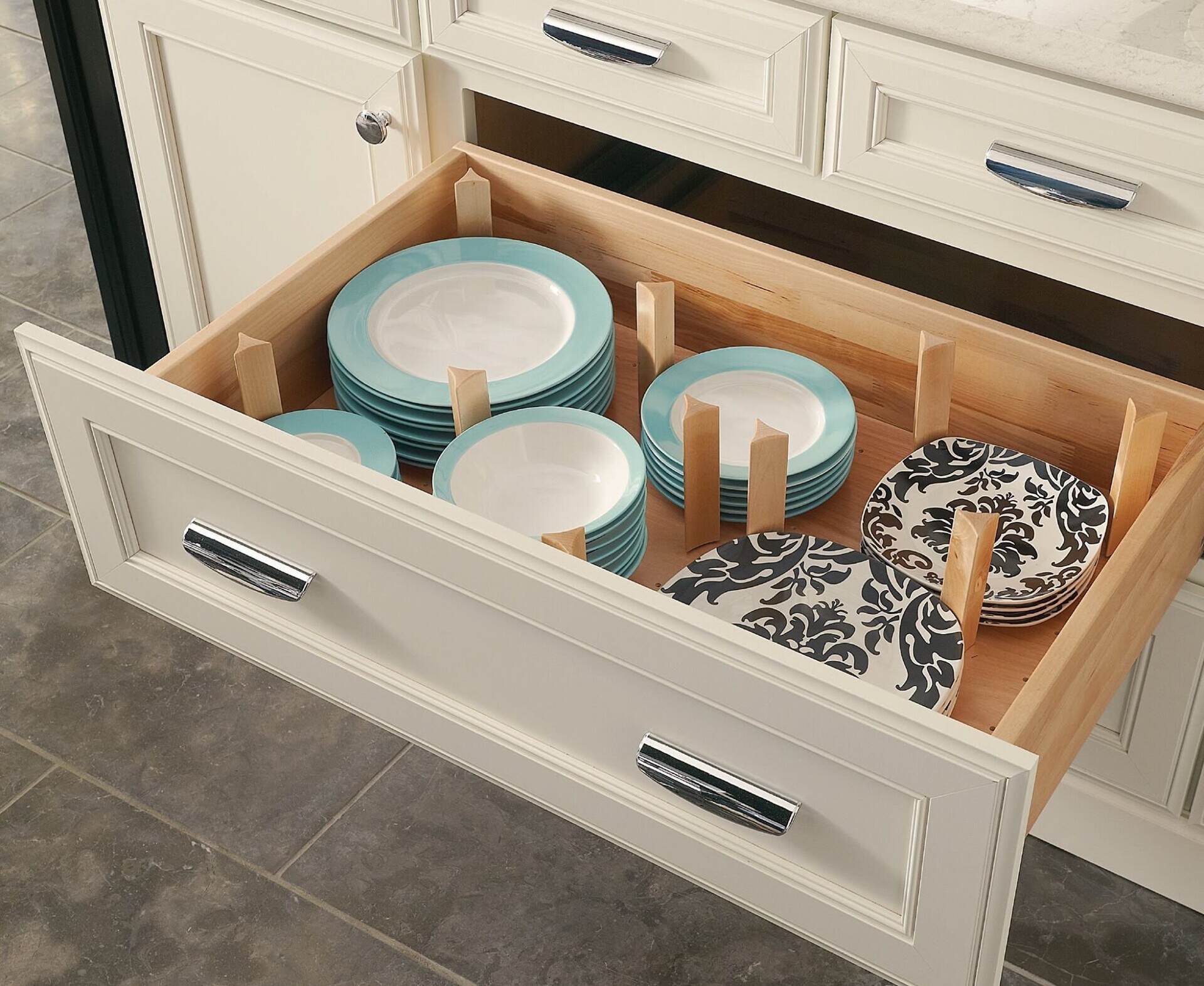
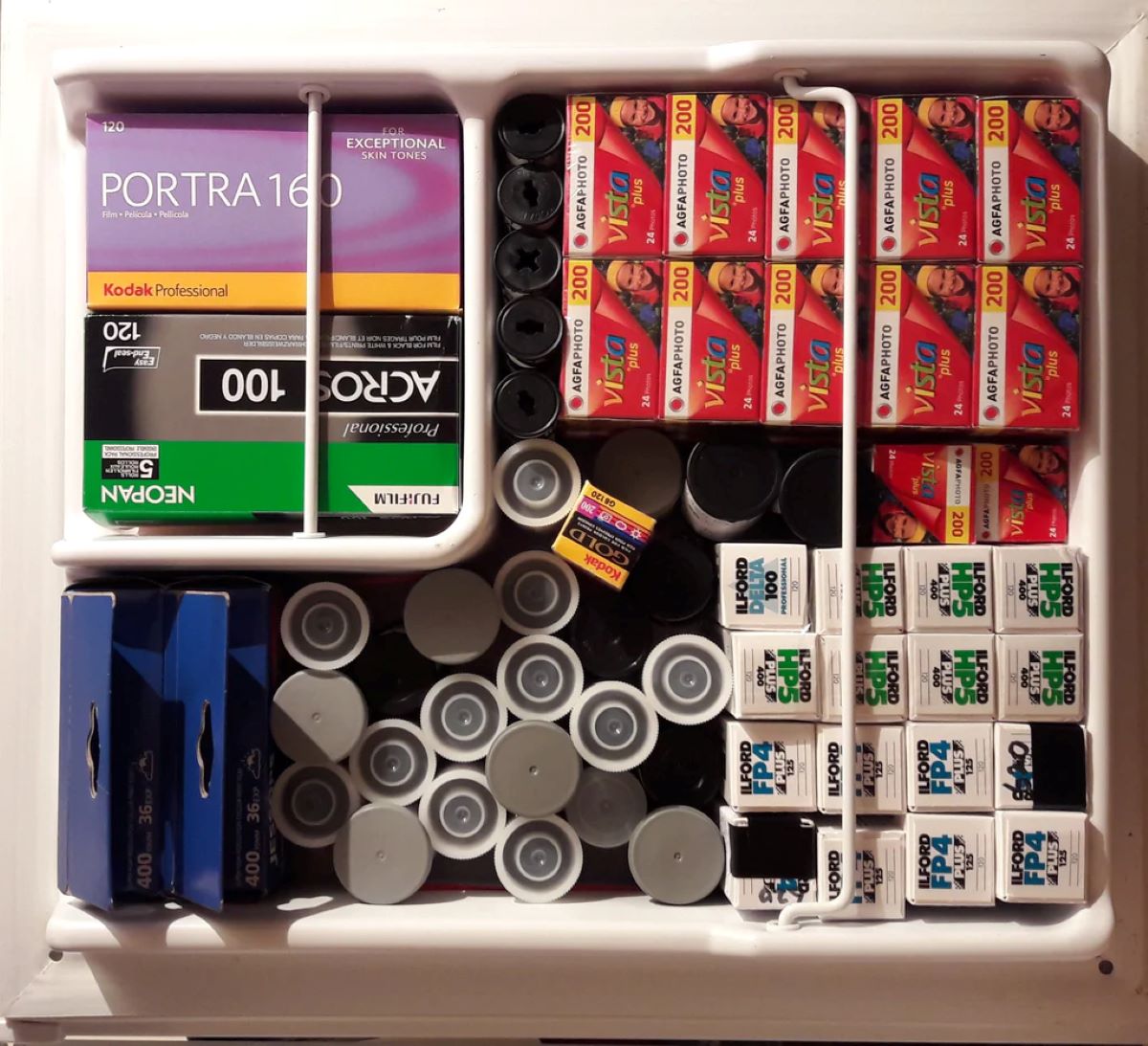

0 thoughts on “How To Store Luggage”